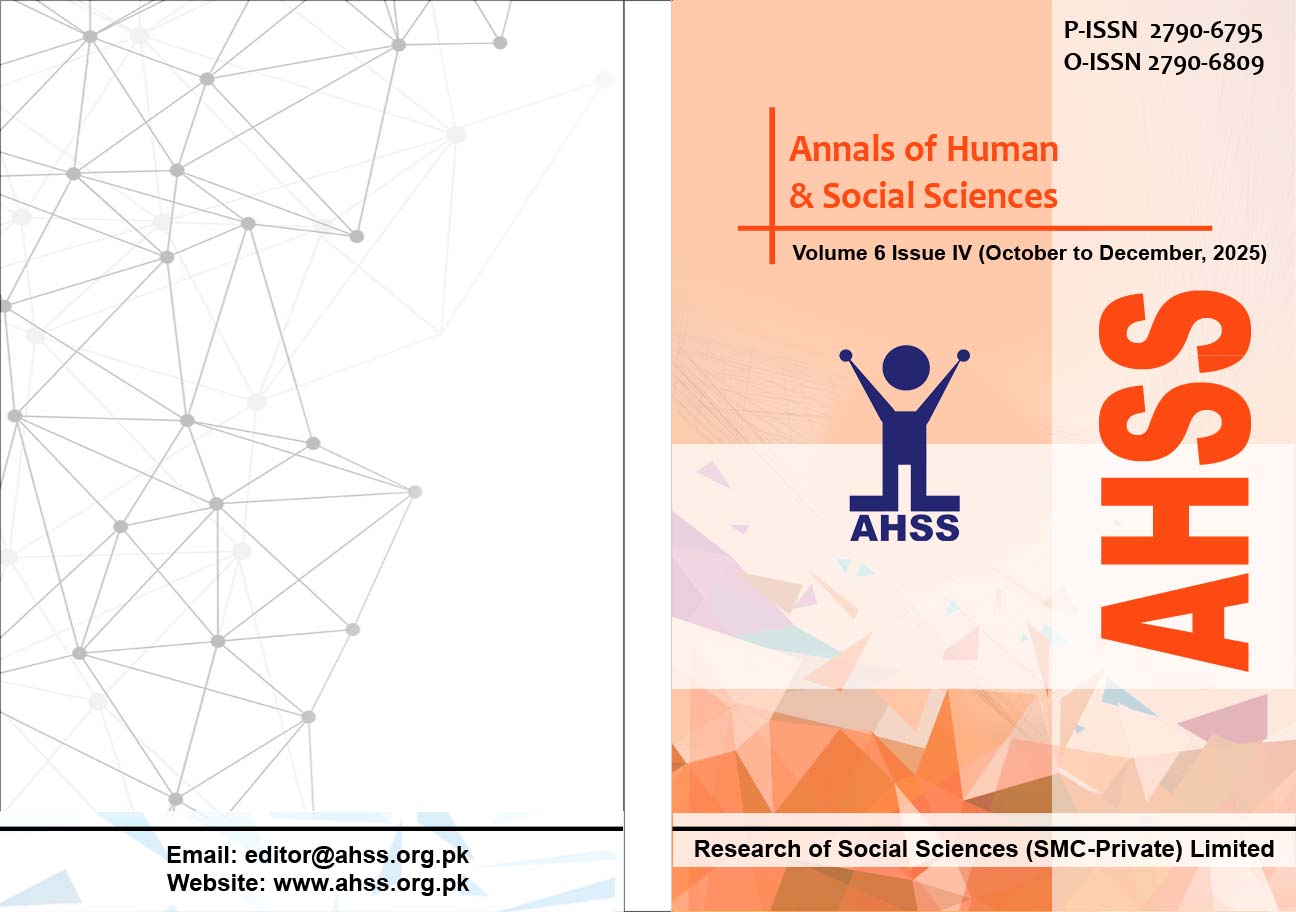Comparative Analysis of Occupational Stressors and Coping Mechanisms among General and Psychiatric Nursing Professionals
DOI:
https://doi.org/10.35484/ahss.2025(6-IV)24Keywords:
Psychiatry Ward Nurses, Stress, And Coping StrategiesAbstract
The present study intended to explore the association between workplace stressors and coping strategies among general and psychiatric nurses. Stress at work is a persistent global problem for nurses. Psychiatric nurses are said to have especially high levels of mental stress when compared to other healthcare professionals. Using a purposive sampling technique, 330 nurses were selected from Mansehra, Abbottabad, Haripur, Islamabad, and Peshawar. Nurses were further divided into two categories based on their workplace. The Nursing Stress Scale (NSS; Saarni et al., 2008) and the Brief COPE (BC; Carver, 1997) were used to collect the data. A noteworthy negative relationship was found between stress and coping strategies among general and psychiatric nurses. Male nurses with a higher level of stress were engaged more with positive coping strategies. Similarly, nurses from psychiatric wards and with low job experience were more stressed, showing less dependency on coping strategies. Male nurses from the psychiatry ward who were less engaged with coping strategies experienced more stress. Nurses with less job experience and from psychiatry wards were facing more stress.
Downloads
Published
Details
-
Abstract Views: 75
PDF Downloads: 38
How to Cite
Issue
Section
License
Copyright (c) 2025 Annals of Human and Social Sciences

This work is licensed under a Creative Commons Attribution-NonCommercial 4.0 International License.

RESEARCH OF SOCIAL SCIENCES (SMC-PRIVATE) LIMITED(ROSS) & Annals of Human and Social Sciences (AHSS) adheres to Creative Commons Attribution-Non Commercial 4.0 International License. The authors submitting and publishing in AHSS agree to the copyright policy under creative common license 4.0 (Attribution-Non Commercial 4.0 International license). Under this license, the authors published in AHSS retain the copyright including publishing rights of their scholarly work and agree to let others remix, tweak, and build upon their work non-commercially. All other authors using the content of AHSS are required to cite author(s) and publisher in their work. Therefore, RESEARCH OF SOCIAL SCIENCES (SMC-PRIVATE) LIMITED(ROSS) & Annals of Human and Social Sciences (AHSS) follow an Open Access Policy for copyright and licensing.






